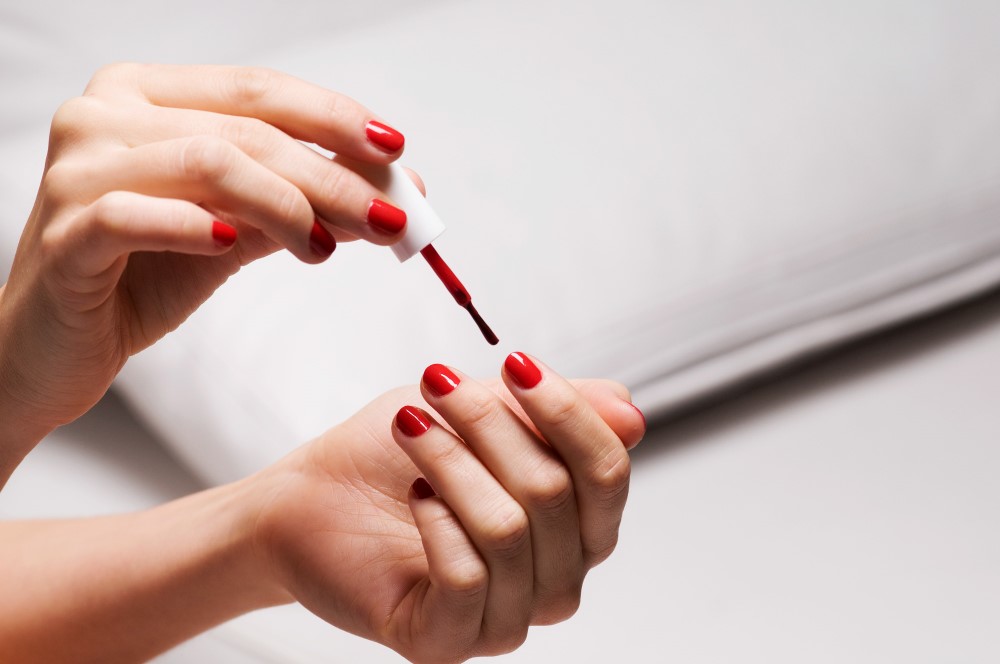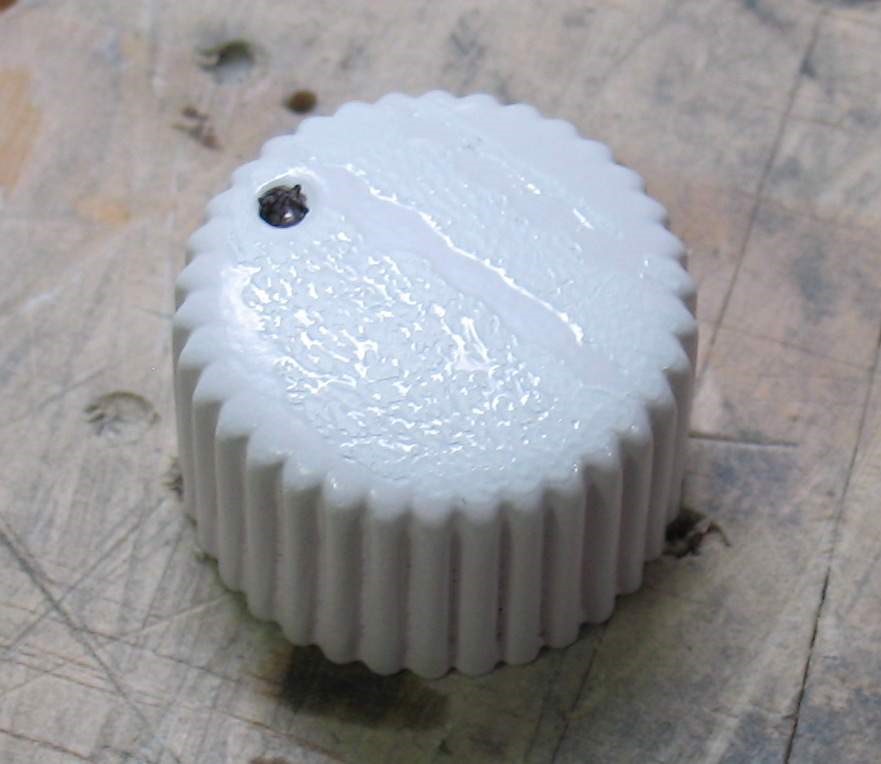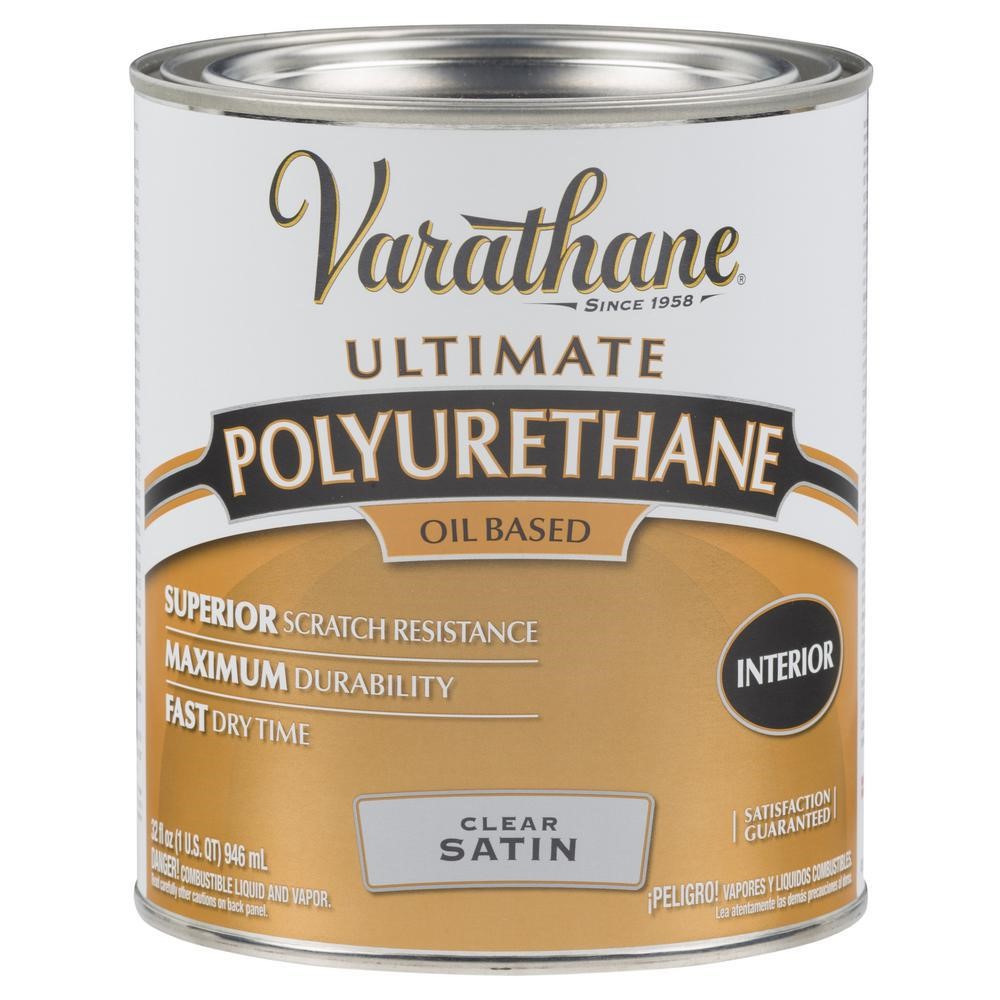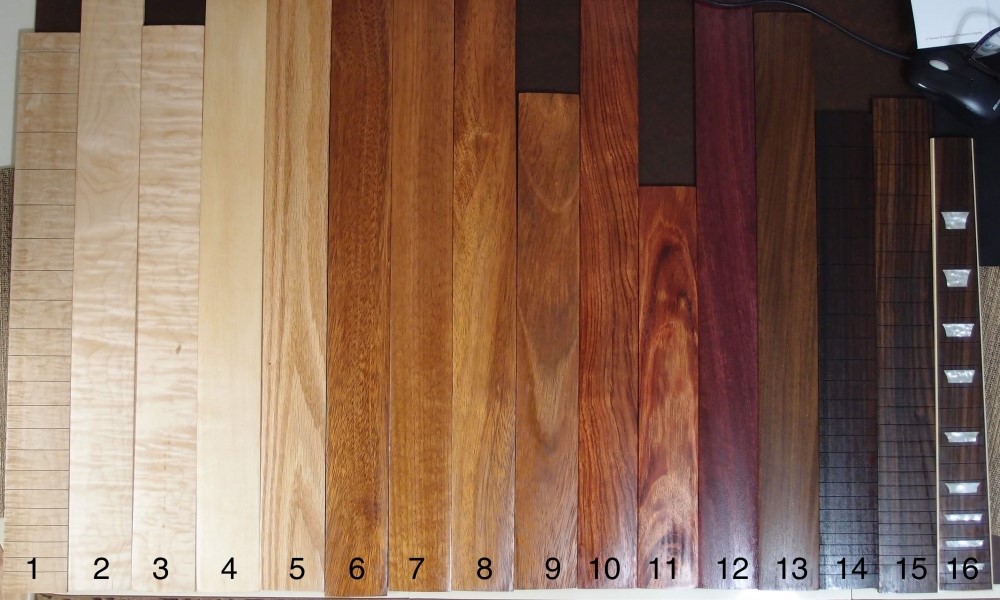Lacquer

All I can say is - just don't. It is easy to get absolutely gorgeous results with nitrocellulose lacquer, but they won't last. Lacquer is attacked by just about everything. Spill alcohol on it - it will dissolve. Set it on a guitar stand, it will stick to it. Hang it on the wall - same thing. It never really dries or completely hardens - anything that touches it will leave a mark, there is no way to store it except perhaps in a very loose-fitting hard case with a really fluffy lining, and even that would probably make marks after a while. And God forbid anything vinyl should touch it - vinyl devours lacquer. Nitrocellulose is the worst, if you must use lacquer, get the acrylic kind from the auto parts store. And never mix the two.
What can you do with a guitar that can't be touched? I hate hangar queens. I have a couple of Danelectro-style guitars that I built and finished in acrylic lacquer, and they are ok because they rest on the tape edge binding and the polyurethaned neck. But a gorgeous Silvertone bass has been hanging from a tuner for years and still can't be touched. At some point, it came in contact with a vinyl bench and now has an ugly scar. I think eventually I will strip it and reshoot it in poly. Ughh, but that's the only good thing about lacquer - you can get rid of it with just acetone and rags. ( BTW, getting that neat Danelectro edge binding to adhere to lacquer is a losing proposition as well - it is vinyl, and if that wasn't bad enough, the solvent-based contact cement that is typically used attacks the lacquer as well. Inevitably the whole thing comes apart in a gooey mess. )
LACQUER SUCKS - DON'T USE IT.

I pulled a guitar out of the case it was stored in, and here is a knob that I had foolishly lacquered white in the days before I discovered the truth about the horrible stuff. It was stuck solidly to the inside of the guitar case. Fortunately, I have a spare, but seriously W.T.F. ! $@%$!&^%@ , I mean really &^&&# %$!@&^ this stuff is so awful, you can't even keep it in a case !!!
On the plus side, the knob saved the similarly lacquered pickguard from being ruined. Never use lacquer for anything ever, not even for the smallest part, as this example demonstrates. Do not believe the luthier BS. Polyurethane is the way to go. Epoxy, enamel, Danish oil, shellac, varnish, there are lots of alternatives, there is no reason to ever use lacquer.

Here is a beautiful nitrocellulose finish that is doomed to not stay that way. Nitrocellulose is the worst. I can't believe that it is still touted as a premium finish. What it is, is an easy finish that can be applied quickly with a high profit margin. The only advantage of lacquer is that it is easier to repair than poly, but even that is no advantage when you consider how much more likely it will be to need repair. Guaranteed, really, whereas a thick poly finish is tough as nails, and if necessary can be completely rejuvenated by the same polishing process I described above.
Things you can't do with a lacquered guitar:
- use a capo
- use a clip-on tuner
- put it in a stand
- put it in a wall-hanger
- spill anything harsher than tapwater on it
- spill tapwater on it
- let it get hot or cold
- let it get humid or dry
- touch it with your hands
- touch it with a cloth
- let it touch anything for more than a few minutes
Lacquer is a primitive finish from the Middle Ages - don't get taken in by stupid 'traditional' 'luthiery'. Would you accept an un-touchable finish on a piece of furniture? ( Sounds like my sister - you can't put a dish on her kitchen table. Real sensible. ) How about a wood floor? Why are guitars still finished with this nonsense?
And talk about toxic fumes - there is a reason the government has all but outlawed the stuff. Acetone, toluene, aerosol propellants, not just poisonous, but also highly combustible. Very nasty to work with. Toluene = brain damage. The polyurethane I used, driven by compressed air, barely even has an odor, although it does mist a bit.
One more thing that is almost comical is how the awful fragility of old lacquer finishes has spawned an entire industry of 'road worn' guitars, where specialists in accelerated guitar destruction simulate damaged lacquer finishes on new guitars. Funny, they don't actually break the tuners, short out the electronics, grease up the strings, warp the neck, crack the nut, break the corners off the pickguard, lose the knobs, pull out the strap buttons, or grind down the frets, like a real 'road worn' guitar. They just wreck the finish. Oh, and you pay extra for that. I take back what I said, this is totally comical.


Questions or Inquiries?
Just want to say Hello? Sign the .